
OR
Editorial
Take concrete steps to ensure aviation safety
Published On: January 16, 2023 08:04 AM NPT By: Republica | @RepublicaNepal
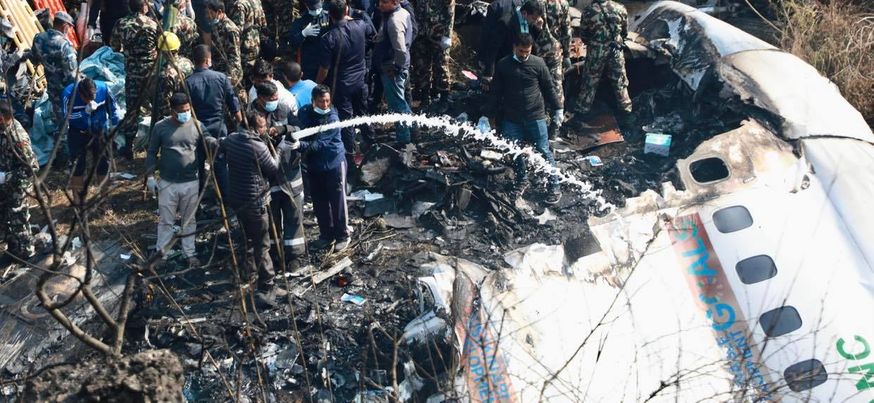
Sunday marked yet another black day in Nepal's aviation history. As most people across the country were enjoying a public holiday celebrating Makar Sankranti in the morning, there came a tragic news that an ATR-72 aircraft belonging to Yeti Airline on its way to Pokhara from Kathmandu crashed seconds before landing at Pokhara Regional International Airport. As the dead bodies were being collected from the crash site till late evening, it is suspected that all 72 people including four crew members who were aboard the aircraft were killed in the fateful accident. This is the single biggest air crash Nepal has ever recorded in terms of the number of casualties in its domestic fleets. As a newspaper we have been following each air accident in Nepal and urging the government bodies concerned to work seriously and in a coordinated manner to improve Nepal's aviation safety. And, we repeat again today with much emphasis that much needs to be done to make Nepali sky safe. If we look at the number of accidents in Nepal, it is actually rising, despite the promises made by the government to reduce increasing air accidents. The complacent attitude of the government bodies concerned and airlines operators must stop and real actions must begin now. We urge all government regulatory bodies and airlines companies concerned to do a deep soul-searching and mend their lackadaisical ways so that these types of tragic accidents do not repeat yet again in the future.
Nepal is prone to a higher number of air accidents due to various reasons including geography, aging fleet, lack of proper safety regulation and lack of adequate training to pilots and air traffic controllers. Nepal is a mountainous country with challenging terrain, which makes flying difficult and dangerous. Not all pilots and other aviation personnel have necessarily received adequate training or have necessary experience to operate in these challenging conditions. Worse still, many airports in Nepal lack basic infrastructure, such as proper runway lighting and navigation systems, which increases the risk of accidents. Unpredictable weather, which can cause visibility problems, makes it difficult for pilots to navigate and land safely. While these factors contribute to the increasing air accidents, a section of aviation experts maintain that Nepal's aviation safety regulations are not as strict as in other countries, and enforcement of the existing regulations is weak. This certainly contributes to worsening Nepal’s aviation safety record. This apart, there are reports that many of the airlines operating in Nepal have an aging fleet of aircrafts, which can naturally have a higher risk of mechanical failure. Nepal also has limited international cooperation in the field of aviation safety, which makes it difficult for the country to access information, best practices, and resources to improve safety. It is important to understand that most of the air accidents occur due to the combination of many of these factors, rather than just one.
Nepal government must take several measures without delay to prevent repeated air accidents. The first thing the government must do is to enhance safety regulations. The government regulatory body should strengthen safety regulations and their enforcement to ensure that all airlines and aircrafts meet safety standards. The next immediate thing it has to do is to increase investment in air traffic control technology. The government can invest in modern air traffic control technology to increase safety, efficiency, and capacity. As regular safety audits are equally important in this regard, the government bodies concerned should conduct regular safety audits of all airlines operating in the country to ensure that they are complying with safety regulations. It is equally necessary for the government to invest in training and education programs for pilots, air traffic controllers, and maintenance personnel to ensure that they have the necessary skills and knowledge to operate safely. Upgrading and maintaining airports, runways and navigation systems in the proper manner can equally help prevent frequent air accidents. Of course, the government forms a probe committee after each air accident and receives a report that identifies the causes of the accident and recommends measures to reduce the air accident. But as it seems the reports submitted by each of these investigation committees never see the light of the day, let alone bring their recommendations into implementation. It is high time for all stakeholders in Nepal's aviation industry to come together and take concrete actions to prevent any further air accidents. The safety of Nepal's citizens, as well as the thousands of tourists who visit the country each year, must be a top priority. The time for action is now, and it is up to all stakeholders concerned to work together to make Nepal's skies safe for everyone.
You May Like This
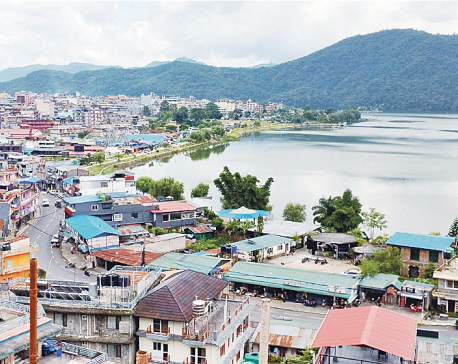
Yeti Airlines plane crash likely to send huge blow to ailing tourism industry
POKHARA, Jan 20: The recent plane crash of Yeti Airlines in Pokhara, which resulted in a large number of deaths,... Read More...
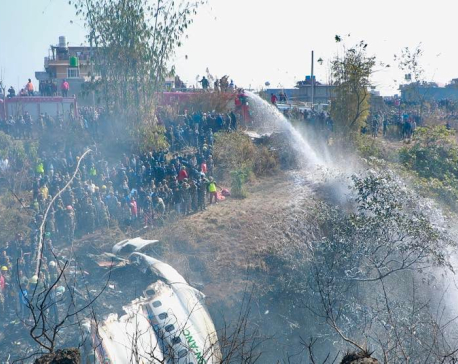
Everyone on board feared dead in Nepal’s ‘biggest’ domestic air disaster
KATHMANDU, Jan 17: All the 72 people on board the Yeti Airlines’ 9N-ANC ATR-72 aircraft that crashed into the Seti... Read More...
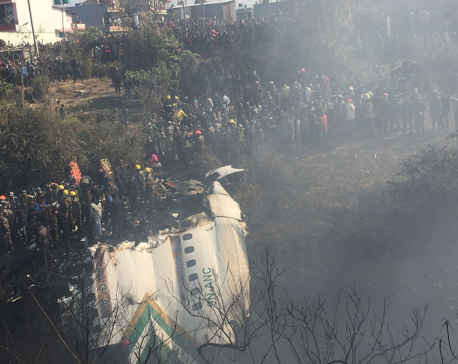
Yeti air crash: bodies being handed over to family members today
KATHMANDU, Jan 16: The bodies of people, who died in the air crash involving a Yeti Airlines aircraft in Pokhara... Read More...



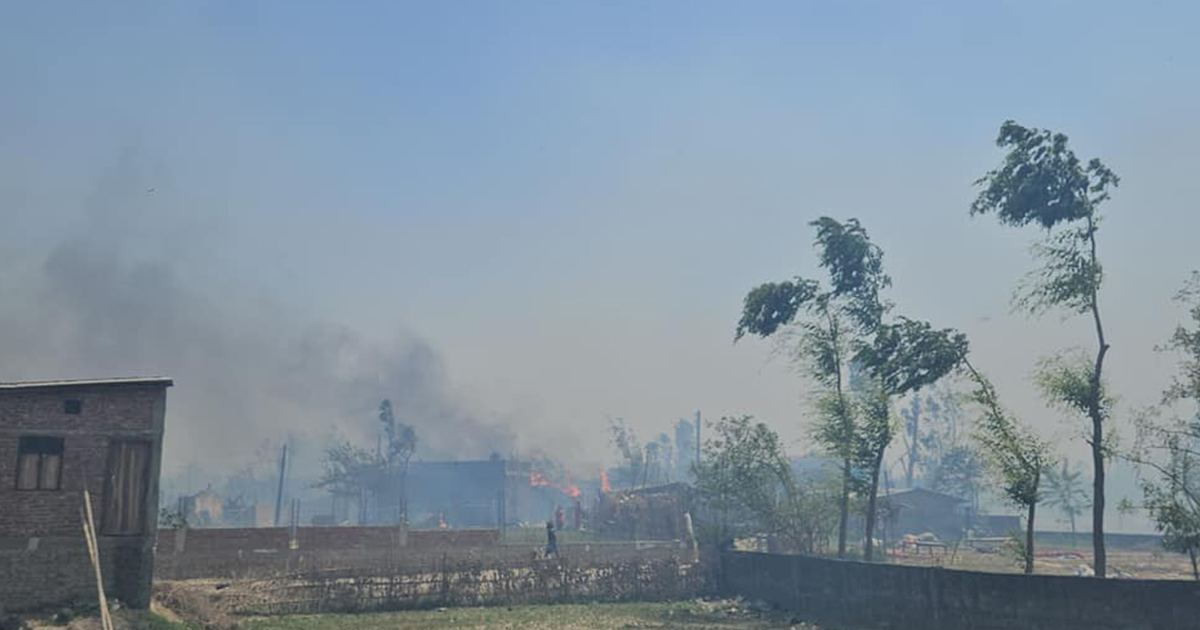

Just In
- World Malaria Day: Foreign returnees more susceptible to the vector-borne disease
- MoEST seeks EC’s help in identifying teachers linked to political parties
- 70 community and national forests affected by fire in Parbat till Wednesday
- NEPSE loses 3.24 points, while daily turnover inclines to Rs 2.36 billion
- Pak Embassy awards scholarships to 180 Nepali students
- President Paudel approves mobilization of army personnel for by-elections security
- Bhajang and Ilam by-elections: 69 polling stations classified as ‘highly sensitive’
- Karnali CM Kandel secures vote of confidence














Leave A Comment